QuestionHi, I have a one year old Chihuahua (8 pounds) who vomited twice today after eating what looked like a burr from outside. I thought this was normal since dogs generally vomit after eating grass. It's been a few hours since he vomited but he occasionally makes the heaving motions like he's going to vomit and then he kind of starts to snort like something's stuck in his nose. He had kennel cough about a month and a half ago and it seems to still be lingering and I was wondering if that might have anything to do with it. He doesn't seem like he's in pain and he eats and drinks fine. He just has these heaving "attacks" or fits almost like a person who has a sneezing or coughing fit. I know I probably have to take him to the vet but as funds are low right now (student paying new years tuition in 2 weeks) I can't take him right away and I wanted to see if there was anything like this described on the net. Thanks
AnswerHi Erin,
If the vomiting started shortly after you saw him eat a burr, the chances are the burr is the problem, and not the kennel cough he was treated for a month ago.
Trying to vomit with no actual vomiting occurring can mean a blockage, which is potentially dangerous, and requires vet care. If this continues more than 24 hours, don't delay in getting your dog to the vet.
The "fit" which you liken to a person having a sneezing and coughing fit, sounds like reverse sneezing. It's totally harmless, even though it sounds dreadful.
When this occurs, your dog will appear to be snorting or choking. The posture will be one of the neck extended with the chest expanded, as the dog struggles to take in air. The actual physiology is that the trachea has narrowed and the normal amount of air is not able to enter the lungs. The triggering mechanisms are usually excitement or stress. If this is happening to your dog, do not panic. You can help your dog by soothingly stroking the upper throat area to encourage relaxation and dilation of the trachea.
The predisposition to this is thought to be hereditary, particularly in smaller breeds because of the decreased diameter of their tracheas. If your dog occasionally has this, do not worry that you need to be there to help each time it happens. A dog is able to come out of an attack of reverse sneezing without help and will not suffer permanent damage.
Best of luck,
Patti

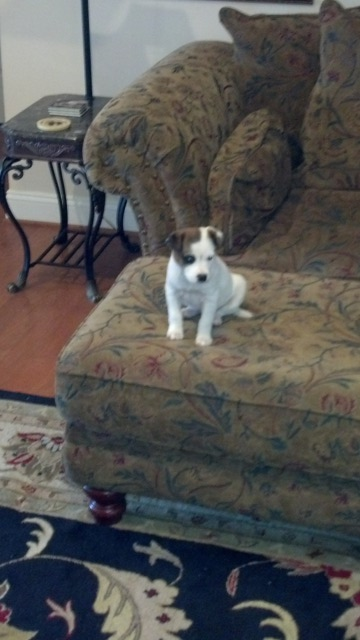 new puppy
Question
bella
I adopted a puppy from the humane
new puppy
Question
bella
I adopted a puppy from the humane
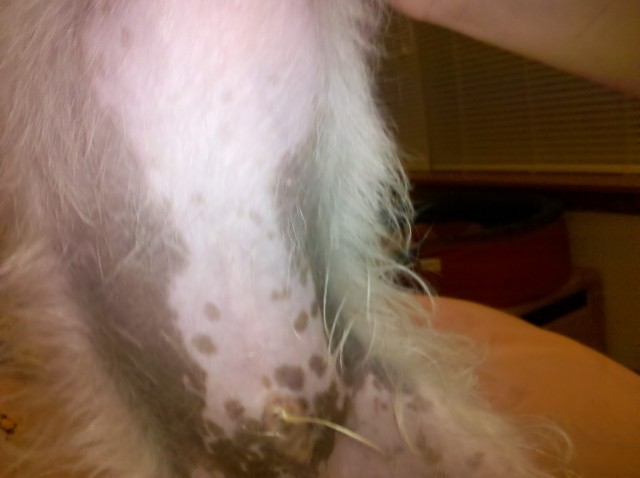 Maltipoo skin color
Question
Cooper
Hello, our family recently found
Maltipoo skin color
Question
Cooper
Hello, our family recently found
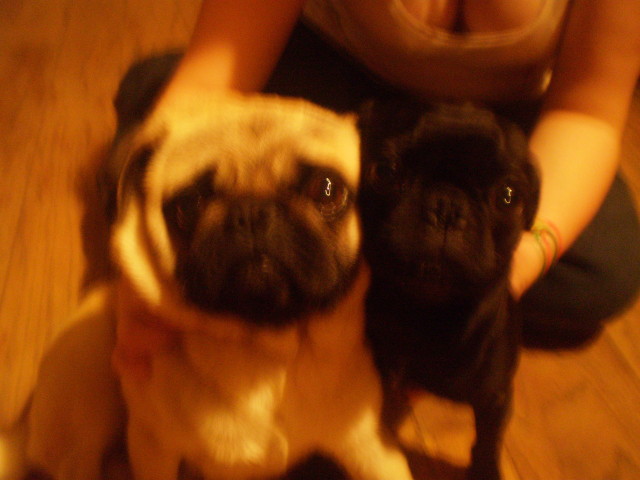 pugs
Question
micah and lacy
my male and female are the same
pugs
Question
micah and lacy
my male and female are the same
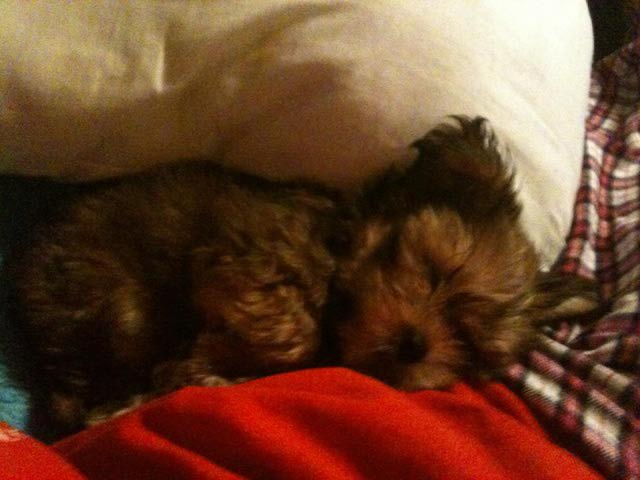 willpups hair grow back to original color
Question
here is his color befo here is after &nb
willpups hair grow back to original color
Question
here is his color befo here is after &nb
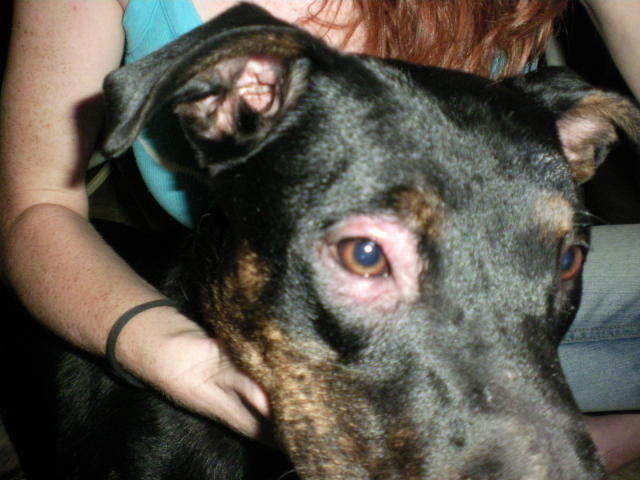 7 month old blue healer mix (Cloe)
Question
cloes right eye
Cloe was having really bad eye
7 month old blue healer mix (Cloe)
Question
cloes right eye
Cloe was having really bad eye